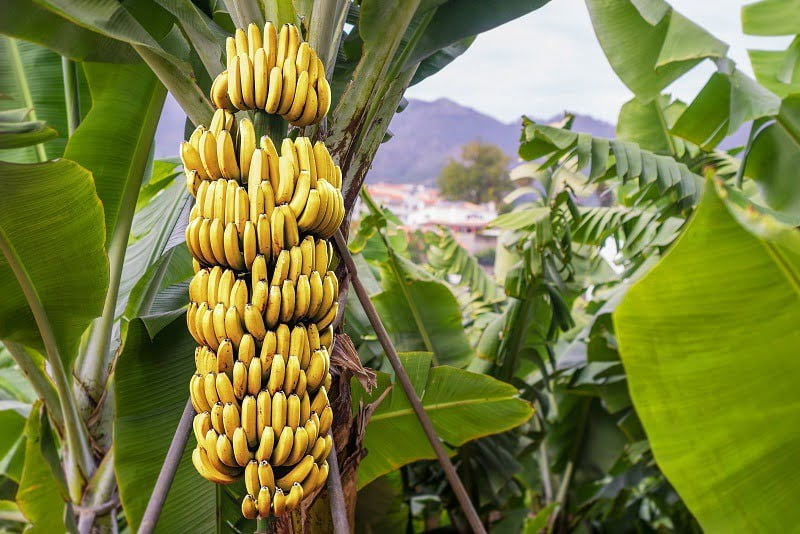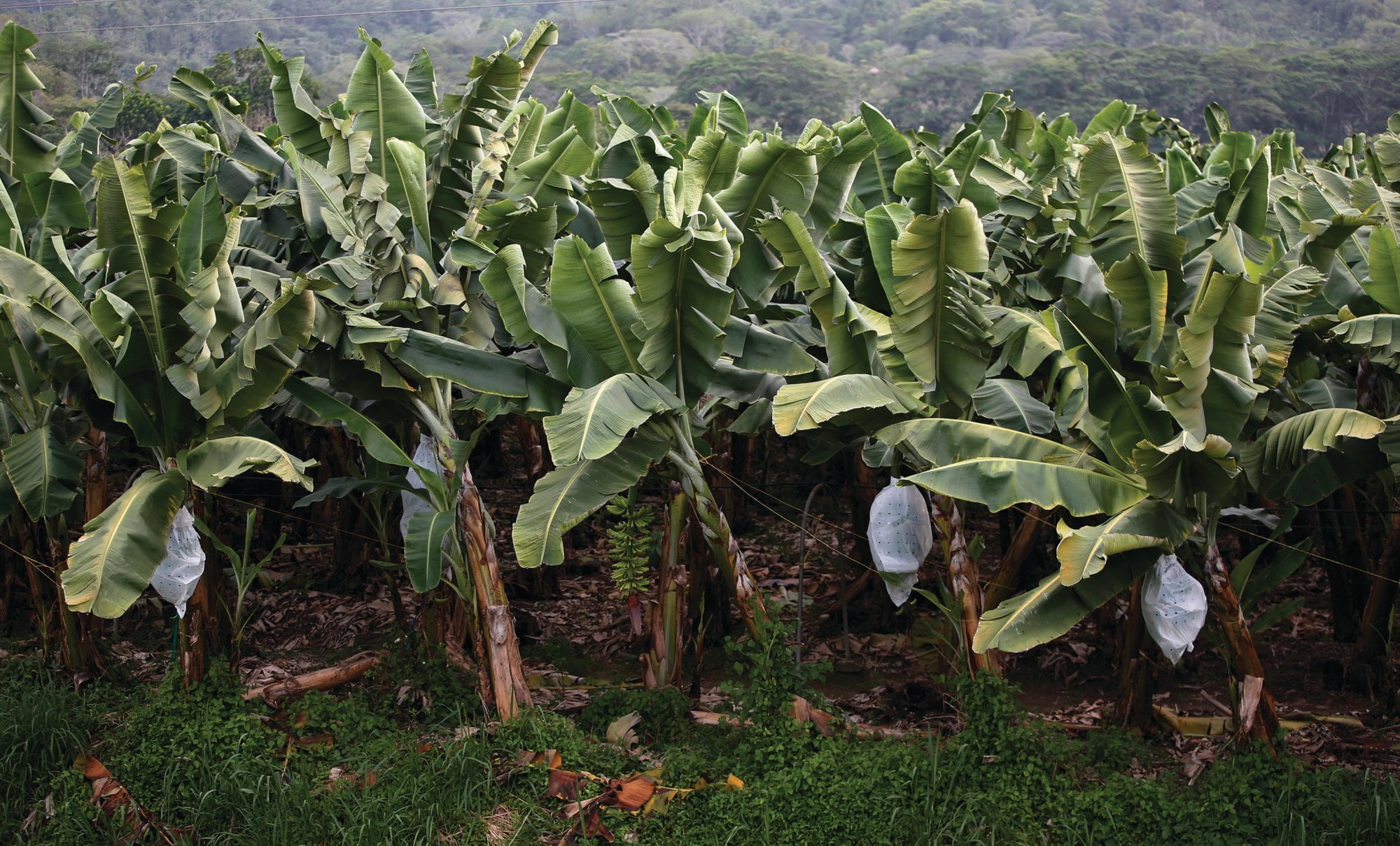It’s hard to believe, but the world is rapidly heading towards a looming banana shortage 2023. While we may not think much of it now, the potential implications are alarming and have scientists and economists closely monitoring what could become an international crisis.
With unprecedented consumer demand driving up prices, increased competition from other emerging markets pushing the cost of production higher, and changing weather patterns threatening our existing crops, this issue is one that affects us all. In this blog post, we will explore why a banana shortage could be coming soon and what steps need to be taken to ensure global food security for years to come.
The Causes of the Upcoming Banana Shortage
The first and most important cause of the banana shortage is climate change. The rising temperatures have led to more unpredictable weather patterns, resulting in poor harvests across the world. Drought has also been a major threat, with some parts of Africa experiencing severe water shortages that limit crop production. Other causes include poor agricultural practices, overexploitation of land, soil degradation, and a lack of sustainable farming methods.
The second major cause is the changing consumer demand. The global population continues to grow, which leads to more people competing for resources like bananas. With the rise of industrialized food production, the demand for cheap bananas has skyrocketed as well. As a result, producers have had to increase their yields in order to meet this demand. This has caused the cost of production to skyrocket, leading to significant profit losses for farmers and further driving up prices.
The third cause is increased competition from other emerging markets. Countries like India have begun producing bananas as well, leading to a significant increase in global supply. This has put pressure on producers around the world to keep up with these new competitors or risk losing out on market share.
Is there a Banana Shortage 2023?
Yes, the looming banana shortage is a very real possibility. Experts have estimated that there will be an 85% decrease in global supply from 2020 to 2023 due to the combination of rising temperatures, changing consumer demand, and increased competition from other markets. This means that prices are expected to increase significantly over the next few years, putting further strain on farmers and consumers alike.

It is also important to note that the effects of a banana shortage could extend beyond just prices. The lack of bananas could have a severe impact on global food security, as this fruit is an important source of nutrition for many countries. It is estimated that over 1 billion people depend on bananas for at least some portion of their daily calories and vitamins, so any disruption in the supply could lead to widespread hunger and malnutrition.
How Government and Businesses Can Help Mitigate the Impact
Given the scale of the impending banana shortage, it is essential that governments and businesses take steps to mitigate its impact. One important step is to invest in improved agricultural practices that promote sustainability and reduce pressure on resources like land, water, and nutrients. This could include increased use of technology for irrigation or more efficient fertilizers. Businesses should look into alternative sources of protein, such as beans and nuts, which could help reduce the demand for bananas. Governments should also invest in programs to educate farmers on sustainable growing methods and increase access to capital so that they can purchase the necessary resources for their operations.
It is essential that governments put policies in place to protect farmers from exploitation by large corporations. This could include implementing fair prices for their products, as well as ensuring that farmers have access to the resources they need to produce them.
What Consumers Need to Know About the Looming Bananas Crisis
The looming banana shortage is an urgent issue that will affect us all. Consumers can help by supporting sustainable and ethical farmers, buying bananas in bulk or frozen, investing in alternative sources of protein, and reducing their overall consumption. It is also important to support government initiatives and businesses that are taking steps to mitigate the impact of the upcoming crisis.
It is essential for everyone to understand the severity of the impending banana shortage and take steps to help mitigate it. With collective action, we can ensure that global food security is maintained for years to come.
The best way to stay informed about the latest news and developments surrounding this issue is to read up on current research, reach out to local organizations working on sustainable agricultural practices, and support initiatives that are taking steps to protect farmers and the environment. By staying informed and engaged, we can make sure that our food systems remain strong and resilient for years to come.
What Steps Can We Take Now to Ensure Global Food Security
The looming banana shortage is a serious threat to global food security, and it is essential that everyone takes steps now to ensure its mitigation. The first step is for governments to put in place policies and regulations that promote sustainable farming practices and protect farmers from exploitation by large corporations. Businesses should also invest in technologies that reduce their environmental impact and focus on alternative sources of protein.

Consumers can also do their part by supporting sustainable and ethical farmers, reducing their consumption of bananas, buying in bulk or frozen, and investing in alternative sources of nutrition such as beans and nuts. It is important to stay informed on the latest research and developments surrounding this issue so that we can all take collective action to ensure global food security for years to come.
How Technology is Helping Farmers Grow More Bananas
Technology can play an important role in mitigating the looming banana shortage by helping farmers increase their yields and reduce the environmental impact of production. For instance, many countries are beginning to use drones to map crop fields and optimize planting practices. This can help farmers identify areas of land that are not being used efficiently or effectively, which can lead to increased yields with fewer resources.
Another technology that is being used to help increase banana yields is artificial intelligence. AI can be used to monitor crop growth and adjust water, fertilizer, and pesticide levels in real time. This allows farmers to better optimize their resources for optimal yield while also reducing the environmental impact of production.
There are many apps available that allow farmers to access data on weather patterns, soil conditions, and pest presence. This helps farmers to plan accordingly and take steps to mitigate risks associated with climate change.
The use of technology is not a silver bullet solution for the looming banana shortage, but it can certainly help us mitigate its effects.
FAQs
Is there a problem with banana production?
Yes, there is a looming banana shortage due to disease outbreaks, changing consumer demand, and increased competition from other markets. This means that prices are expected to increase significantly over the next few years, putting further strain on farmers and consumers alike.
How many bananas are made a year?
It is estimated that over 90 million tons of bananas are produced annually worldwide. However, this number is expected to decrease in the coming years due to disease outbreaks and changing consumer demand.
What can I do to help mitigate the banana shortage?
Shortage of bananas is an urgent issue, and it is essential that we all take steps to help mitigate its effects. Consumers can help by supporting sustainable and ethical farmers, buying bananas in bulk or frozen, investing in alternative sources of protein, and reducing their overall consumption. It is also important to support government initiatives and businesses that are taking steps to mitigate the impact of the upcoming crisis.
Conclusion
As the saying goes: an ounce of prevention is worth a pound of cure. If governments, businesses, and consumers work together to find solutions for the looming banana shortage 2023 crisis, the devastating effects can be avoided. Governments can implement policies that help secure and protect banana farms, businesses can finance initiatives to develop new production methods and cultivate hardier species of bananas, while consumers should continue purchasing responsibly sourced bananas and spreading awareness about the issue.
By investing in preventative measures now instead of playing catch up later, we can make sure that global access to this prized fruit does not fall prey to a widespread crisis down the line. Now is the time to act. Let’s take proactive steps towards protecting our beloved bananas in order to enjoy them for years to come!

